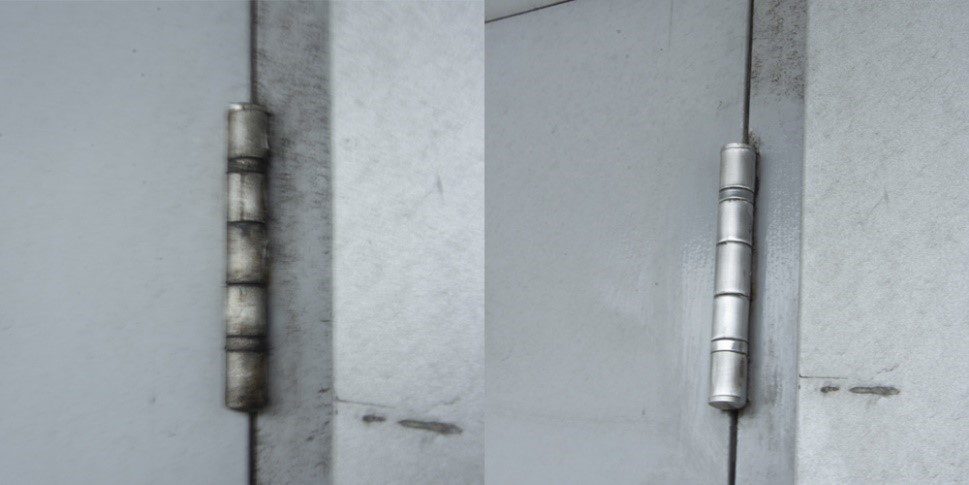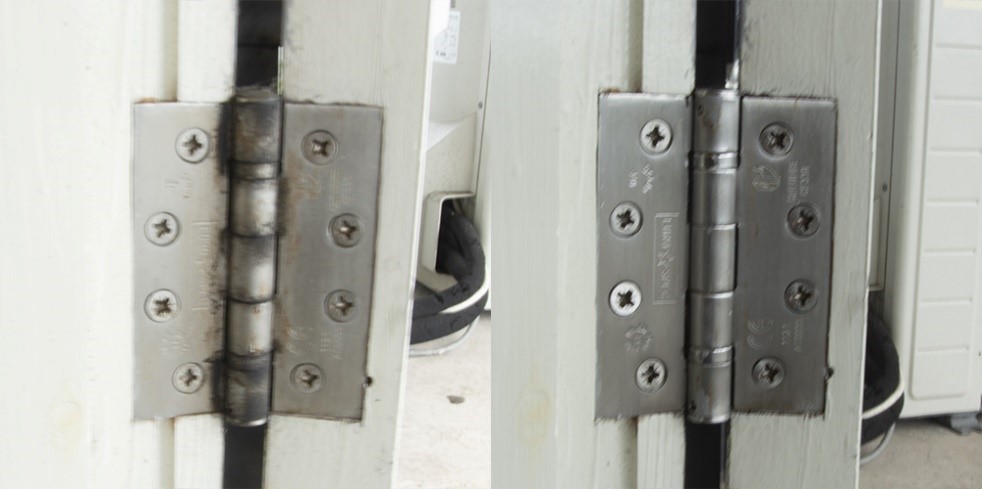Fire Door Safety week reiterates the importance of the responsibility for specifiers, contractors and building owners in ensuring that fire doors meet current fire regulations and legislation.
At Carlisle Brass our Specification Team can support customers wit, Ironmongery Scheduling – offering our customers quality ironmongery schedules written by our experienced GAI qualified team. Our team will work with you to put together a full specification for both Commercial and Domestic projects.
As well as technical support – whether it’s on-site assistance you need to help with the specification and approval of samples or remote support with product enquiries, testing/accreditation documents and even installation and maintenance advice, our team are her to help. Best of all it’s completely free of charge to all our customers.
This all comes from the knowledge of more than ten GAI Qualified Diploma holders within the business.
An issue specifiers face is selecting door hardware from different manufacturers that will be compatible with one another, whilst carrying fire evidence to suit the type of door and frame combination that they are being installed.
A specifier needs an understanding of this to enable a robust hardware specification to be created.
Warringtonfire Certifire is a 3rd party accreditation scheme that helps a specifier obtain a scope of approval for any product that is listed within Certifire certification.
There are restrictions that highlight what type of door and frames that can be used, along with any fire protection product to protect the door/frame integrity where door hardware has been installed, i.e., intumescent kits behind hinge leaves, and around locks, letterplate assemblies etc.
Correct installation of a door set/assembly and regular maintenance is essential for any door, but critical for a fire door. It is imperative that care and maintenance of fire doors is conducted regularly.
Fire door inspections are necessary for highlighting any potential issues and/or remedial works that may be required.
A common misconception during fire door inspections is that any hinge showing a blackened congealed mass on the knuckle is deemed to have failed.
In most instances, this is factually incorrect. The mass is the result of the hinges not being cleaned, and dust has landed on residual engineering grease. Through time, more dust particles will stick to the other particles and will spread.
Residual engineering grease on a ball bearing type hinge is entirely normal, and it is not a sign of the hinge failing.
The engineering grease is not present to lubricate the bearings, merely to allow ease of insertion of the pin within the knuckle during assembly.
At the meeting points at each knuckle joint in this type of hinge, it is natural that the engineering grease may work into the meeting surfaces, and when dust attaches to the grease, the dust will take on a blackened hue, but this can be wiped clean.
What appears like a mass seepage is the result of dust particles in the atmosphere attaching to the grease within the knuckle bearing/meeting surfaces – through time, additional dust particles will stick to the original particles.
The dust particles absorb the moisture from the engineering grease, and this is what gives the illusion of a large amount of grease seepage.
The appearance of the engineering grease in no way affects the operational performance, or the hinges’ ability to hold the door into the frame, as required on a fire door, however, it looks terrible aesthetically.
We pride ourselves on providing many different types of cylinder locks. In our range you will have access to enhanced security of our double cylinder locks to the keyless convenience of our cylinder and turn options. Our ranges are designed with safety, reliability, and durability in mind.
Our specification team and cylinder workshop will be able to discuss all security queries you may have. For example, our MPx6 Euro Cylinder and Turn provides a high degree of security, having met the standards identified by the Secured by Design, the UK policed flagship initiative.
Features include anti-drill, anti-plug, anti-pick, and anti-bump. Fire door rated, certified to British/European standards (BS EN 1303), and carries the Security Standard Kitemark.



